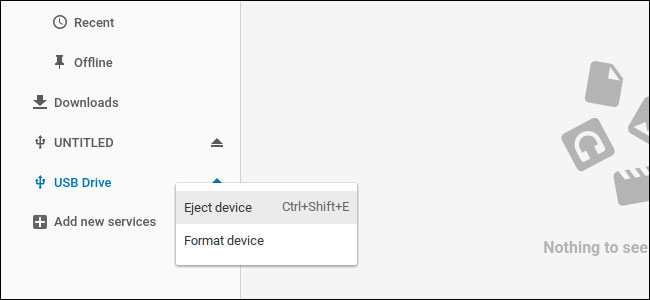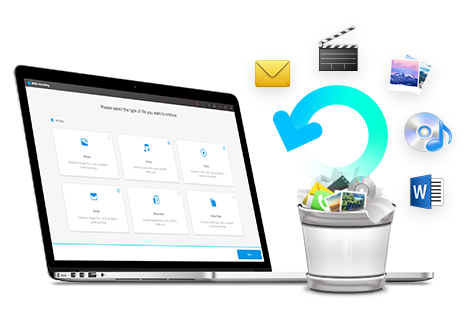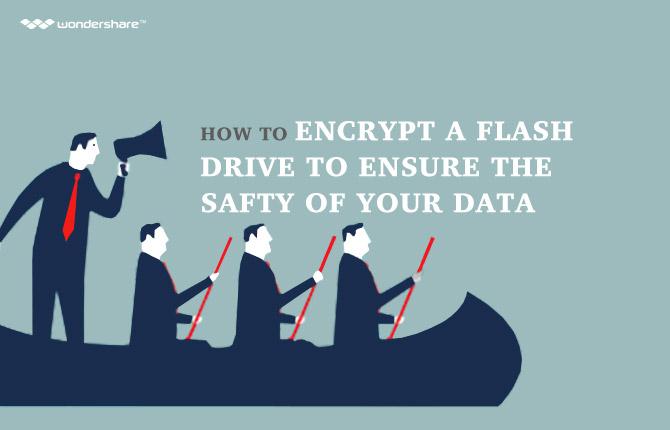Part 1: What is Chromebook
A Chromebook supports different external storage devices including hard drives, USB flash memory and microSd cards. These external storage devices can be used to expand the small storage space on a Chromebook and transfer files between a Chromebook and other devices including Mac and Windows computers. The chrome operating system supports file systems like FAT32, FAT16, exFAT and NTFS. It can also read Mac HFS+ file system but cannot write on it. Chromebook can read ISO9660 and UDF files on disc, it can also support MTP protocol for external disc drives that connect to USB, digital cameras and music players. When you connect an external device to a Chromebok for the first time it will automatically format that drive to exFAT so you can format your storage device to exFAT or let Chromebok do it automatically for you.
Almost any external hard drive device will work with a Chrome operating system. The only condition is it should connect through USB because these are the ports available on a Chrombook. It does not matter how fancy the drive is or if it has special added software features, it will be blank on a Chrombook and only used as a storage device form moving files. There are different types of Chromebook compatible external hard drives in the market, you can make your choice in regards to the amount of storage space you need.
If you want to see how much storage space your external drive has on Chromebook you can do this in the files section by the menu bottom in the top corner of the files page. You will see the available space at the bottom of the drop down menu.
Part 2: Why do I Need a Chromebook Compatible External Hard Drive
A Chromebook has some storage space on the device itself and 100GB of free storage space on the cloud. This storage space might be enough for one user and they do not need extra space. But some heavy users require more storage space and other people prefer to have all their files off the internet for security reasons. An external hard drive is a more personal and more secure and long term location to store all your files. You can also use it to move data from your Chromebook to your other devices and vice versa easily and more comfortably.
Part 3: How to use external drive with my Chromebook
You do not need to install any drivers on your Chromebook. The external drive is also powered through the USB port on your Chromebook so there is no need for any extra attachments or cords before connection is made. There are no hidden steps just plug in the Chromebook compatible external hard drive and the Chromebook will format your drive properly the first time it is inserted. After plugging in simply open the files section in the launcher. The hard drive will operate just like a hard drive on any other computer with folders that can be broken into subfolders and even more subfolders within that. There is an eject button next to the device in files. You should use this button to eject the hard drive every time you want to disconnect. Unplugging the hard drive without ejecting can have detrimental effects on the hard drive and the Chromebook as well.
Part 4: How to eject a Drive
Whenever your Chromebook compatible external hard drive is connected to the Chromebook you should not disconnect the drive without protocol. Disturbing the connection when Chromebook is still writing on the drive can cause data loss and can also be damaging to the Chromebook and the hard drive in different ways. To eject a hard drive properly from Chromebook you can click on the eject button by the side where the drives name is in the files section. You can also right click on the hard drive in files and select ‘eject device’ from the options that pop up. Another option is to use the short cut for this; press Ctrl+Shift+E for this.

Part 5: Recover data from Chromebook
In the process of using hard drives on Chromebok and other ways data can be lost from your Chromebook compatible hard drive. You will need Hard drive data recovery software to recover the lost data. Wondershare Data recovery for Mac that can be used to recover lost data from Chromebook the same way you recover data from a Windows hard drive. It is simple, easy and fast to use.

- Recover lost or deleted files, photos, audio, music, emails from any storage device effectively, safely and completely.
- Supports data recovery from recycle bin, hard drive, memory card, flash drive, digital camera and camcorders.
- Supports to recover data for sudden deletion, formatting, hard drive corruption, virus attack, system crash under different situations.
- Preview before recovery allows you to make a selective recovery.
- Supported OS: Windows 10/8/7/XP/Vista, Mac OS X (Mac OS X 10.6, 10.7 and 10.8, 10.9, 10.10 Yosemite, 10.10, 10.11 El Capitan, 10.12 Sierra) on iMac, MacBook, Mac Pro etc.
A Chromebook has limited storage space on the device. An option to expand this space can be use of external hard drives. They can also help you to transfer files between devices. Different external drives work on Chromebook so there are options to choose from. If you lose files on your external drive or Chromebook from the use of external drives, then you can recover them with Wondershare Data Recovery for Mac software.






